Dear Capitolisters,
A couple weeks ago, the internet enjoyed a rare moment of consensus when everyone—right and left; dog people and cat weirdos; etc.—came together to make fun of La Sombrita. For those of you who aren’t terminally online, La Sombrita (“little shade”) was trumpeted by the Los Angeles Department of Transportation as revolutionizing local bus stops by providing much needed shade and light to local public transit riders, especially women in low-income areas who have long been forced to suffer heat and safety (at night) issues while waiting for the bus. One tiny problem: La Sombrita provided little actual shade or light and did (didn’t do?) so at the low, low price of $10,000 (though subsequent models would be cheaper).
After the unveiling, the internet did what it does best: uncover a slew of uncomfortable facts about La Sombrita’s design, construction, and cost (which, even at $2,000, is really expensive)… and then make fun of it. Lots and lots of fun of it.
Now, look, I yield to no man in my willingness and ability to make fun of dumb government stuff. It’s practically my job. And, let’s face it, California provides an almost endless supply of material in this regard. But, as goofy as that hunk of expensive green metal is, La Sombrita actually serves as a small example of a big problem affecting local, state, and federal policy.
La Sombrita Is Government Failure Distilled
Before we get to that cheery topic, however, let’s briefly look (and giggle) at the La Sombrita debacle. As my Cato colleague Paul Matzko thoroughly detailed, the device was intended to address some very real concerns surrounding heat and safety for low-income users of mass transit. It didn’t achieve that objective very well (understatement), but the real failure here is that any such device was needed at all. And that, as Matzko explains, is owed to ridiculous L.A. regulation and bureaucracy:
- Both riders and the city see the need for more bus shelters, but the L.A. bus system is hemorrhaging money, and “there’s no political will for raising fares to cover operating costs, let alone to fund new capital expenditures.”
- So, the city entered into a blanket contract with a private company to build more than a thousand structures at no cost to taxpayers, but the company’s ad-based revenue model incentivized structures in wealthy areas with few riders—not in poorer areas where riders actually needed them. (“In fact,” Matzko notes, “having *people* in your bus shelter is actually a problem because they get in the way of the ads that are facing out at the cars driving by.” Oops.)
- The company built only around half of the shelters it promised—not because of the aforementioned misaligned profit incentives, but instead because every single shelter required a 16-step process and “sign‐offs from eight discrete city agencies” who each have a sliver of jurisdiction (sidewalks, street lights, sanitation, etc.) over a bus shelter and often disagree about them. As a result, the approval process for each shelter takes months or even years, and it varies depending on which of L.A. County’s “88 cities and 20 smaller transit agencies” are involved.
- Adding insult to injury: Once a permit is finally issued, the shelter can still be vetoed by any one (yes, one) city councilperson—“a shooting fish in a barrel scenario for NIMBYs” who don’t use mass transit and think shelters are ugly or breed crime or whatever. This veto power was inserted into the contract at the last second, because said contract required the private builder to also construct 150 public toilets, which anti-development NIMBYs really didn’t want. (The company built only 15.)
Matsko summarizes: “Thus, the entire Los Angeles bus shelter program is in the proverbial sh—er because local NIMBY activists created a NIMBY‐friendly council veto to block new toilets from being constructed. It was, to quote a retrospective, ‘a case study in how not to structure a contract for implementing bus shelters.’”
And thus arose the “need” for La Sombrita, which was—in both form and (private) funding—specifically designed to avoid the aforementioned regulatory morass (and the crazy $50,000 price tag for each L.A. bus shelter).
If only it, you know, actually worked.
And There Are La Sombritas Everywhere
Yet, as Matzsko and others have rightly noted, even if La Sombrita worked well its mere existence is a sad statement of how government policy and bureaucracy block public projects—and not just in Los Angeles. It’s also, I think, a big, green metaphor for the United States’ many “band-aid solutions” to bigger policy problems that most everyone recognizes as problems but—whether due to bad design, constituent interests, bureaucratic inertia, political incentives, etc.—are unwilling or unable to fix.
As I explained a couple years ago, U.S. law and regulation are littered with these band-aids—attempts to solve problems caused not by nefarious capitalists or free market fundamentalism or whatever, but by existing government policies and structures. These “solutions” invariably fail to reform or eliminate the underlying policies and instead simply layer more government policy—spending, taxes, mandates, regulation—on top of the broken ones. Back then, I focused mainly on federal trade and industrial policy, noting how the Trump administration subsidized American farmers hurt by Trump’s trade wars, instead of eliminating the tariffs that started the conflict in the first place; how Congress subsidized carbon capture projects for environmentally unfriendly ethanol plants, which exist only because Congress won’t reform U.S. ethanol policy (especially the Renewable Fuel Standard); and how the Biden administration resorted to encouraging imports of “critical minerals” from abroad because it and Congress wouldn’t confront “roadblocks” for domestic mines that the National Environmental Policy Act and related environmental rules created. (As Price just explained, by the way, the new debt deal won’t really fix NEPA’s biggest problems either.)
There are, of course, plenty of other examples. I’d be remiss not to start with all the times that various government actors and others have bent over backwards to “solve” problems—especially during natural disasters—created by the Jones Act and related maritime protection. (Somebody even built a tiny “train to nowhere” in Canada to get around it.) Earlier this year, moreover, a bipartisan group in Congress proposed a “national economic development council” armed with “$20 billion from the Treasury’s Federal Financing Bank” to “fix” last year’s baby formula crisis, which wonks on both the left and the right agree was clearly caused by misguided U.S. tariff and regulatory policies.
Outside the trade space, my recent book on the American workforce was a direct response to this kind of band-aid policymaking. In case after case after case, policymakers and their supporters have proposed new taxes, subsidies, and mandates to address problems in labor, housing, healthcare, childcare, transportation and other markets that are more aptly blamed on (at least in part) government policies. But instead of reforming those policies, we get another round of government intervention—along with more spending, unintended consequences, and other problems that such policies usually entail. Here’s a recent example in California (it’s always California!):
The best continuing example of La Sombrita policymaking, however, may be federal student loans. As has been widely reported for years now, there are myriad problems with the current federal student loan system—from how it’s funded to whom it subsidizes to what it encourages (higher tuition prices, more debt, junk degrees, etc.), and more.
Various reports also have detailed the system’s shoddy accounting and troubled financial outlook.
But instead of reforming an obviously broken system, Congress, various administrations, and supposed “federal watchdogs” have repeatedly made things worse:
Most recently, the federal student loan moratorium—a 3-month pause in both interest and principal payments that was legislated by Congress to help borrowers avoid catastrophe during the pandemic’s early days, but then was repeatedly extended by “emergency” executive action through mid-2023 (long after there was any possible threat of serious financial strain)—has been found both to cost a fortune (more than $266 billion and counting)…
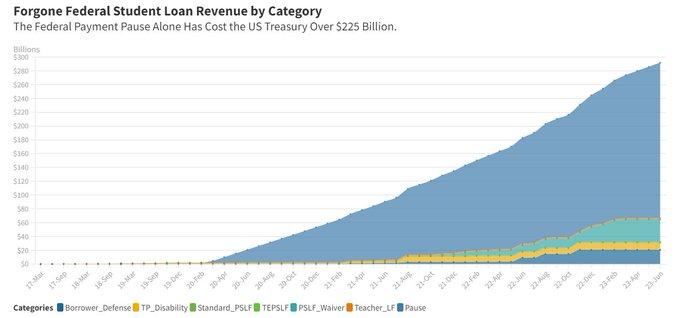
…and, per brand new research, to have actually worsened beneficiaries’ total debt load (as compared to similarly situated borrowers who had unpaused private loans): “By the end of 2022 beneficiaries of the moratorium accumulated an additional $2,500 in student-loan debt and an additional $2,000 in credit-card, mortgage and car-loan debt, boosting total household indebtedness by 8%.” Quite the emergency debt relief, huh?
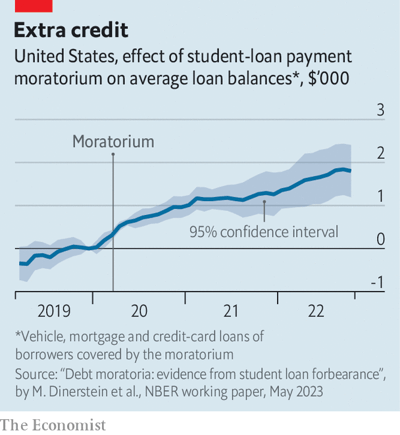
The government’s response to all of this, of course, isn’t sensible reforms (example) to the broken system, but doubling down on it via legally dubious student loan “forgiveness” (that today has millions stuck in financial limbo and might encourage more risky borrowing), expansion of income-driven repayment plans (that would encourage more student debt, more low-value degrees, and more tuition inflation), and arbitrary limits on loans to “for-profit” schools (which, again, the current system—along with bad occupational licensing restrictions—encourages).
It’s enough to make La Sombrita look like a great government success.
Learning from the La Sombritas
On the bright side, there are a handful of things that we can learn from the La Sombritas of the world. First and most obviously, policymakers and the general public should—as I noted two years ago—“be skeptical of new federal economic interventions and conservative in their implementation” because “once a policy gets rooted in the U.S. system, it’s incredibly difficult to remove because it inevitably created new and motivated interest groups, as well as PR‐focused politicians and ‘captured’ regulators, dedicated to its preservation—regardless of its actual costs.” Instead of fixing problems created by bad policy, the usual politician response—whether due to industry capture, constituent service, plain ol’ fear/laziness, or something else—is to paper over it with more bad policy. Instead of getting fundamental reforms to L.A. bus shelter regulation, you get an embarrassing, costly, failed attempt to circumvent it—a situation, Matzko notes, that New York City and other cities have avoided through a better regulatory process (permitting, contracting, bureaucracy, etc.) that L.A. politicians just can’t seem to fathom.
Second, and as I explained in the conclusion to my book, all these La Sombritas underscore why new government interventions into labor, trade, transportation or other markets should be considered only after policy-based distortions and bureaucratic impediments have been addressed and real “market failures” are revealed. Whether it’s a few thousand bucks for a hunk of shade-less metal, several hundred billion for student loan “forgiveness,” or more than a trillion (give or take) for new U.S. industrial policy, government efforts are often unnecessary or worse (much worse) where the real impediment to a better-functioning market is existing policy, not the imaginary “free market.” Far too often, politicians’ solution is to simply throw more money at an existing program or create yet another new program, regardless of actual merit or impact.
In general, these two lessons do argue for governments that do less stuff (I am a libertarian after all), but they also hopefully mean significant improvements (in efficacy, oversight, etc.) in the remaining stuff those governments do—including when it comes to public transit. A government spread too wide, by contrast, will inevitably prove too thin—especially in the core, constitutionally authorized areas where it should actually be acting.
Finally, where government interventions remain necessary and lawful, policymakers can apply some general guidelines, based on best practices here and abroad, to prevent new programs from being corrupted or counterproductive. They should, for example, streamline government permitting and approvals, eliminate veto points by politicians and interest groups, insulate decision-makers from the political process, use market mechanisms (auctions, prizes, etc.) to encourage private parties to more efficiently achieve narrow public objectives (as opposed to grand strategies), and sunset major programs (meaning they end unless reauthorized) to prevent them from becoming eternal boondoggles like the Jones Act or the RFS. Doing these and other things won’t avoid problems altogether (it is a political process, after all), but it’d certainly improve the all-too-common messes we see across the policy spectrum.
And on a few L.A. street corners.
Charts of the Week

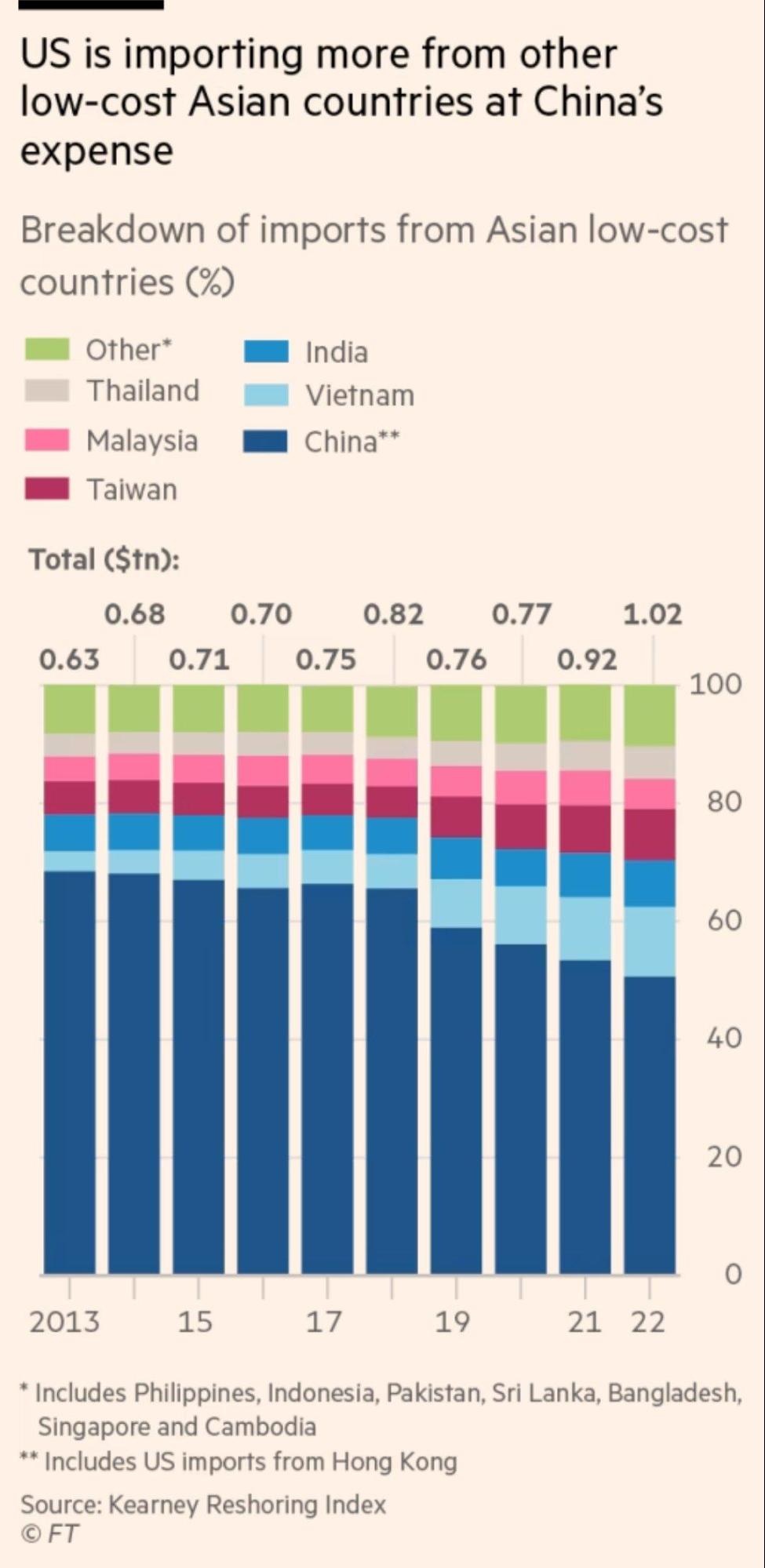

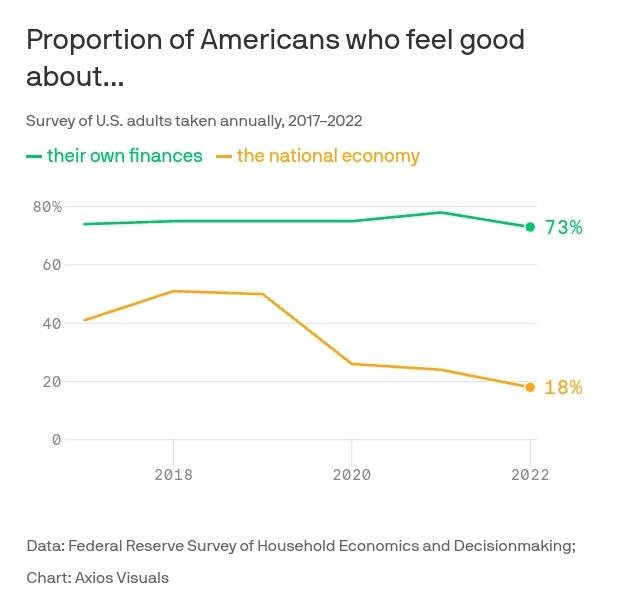
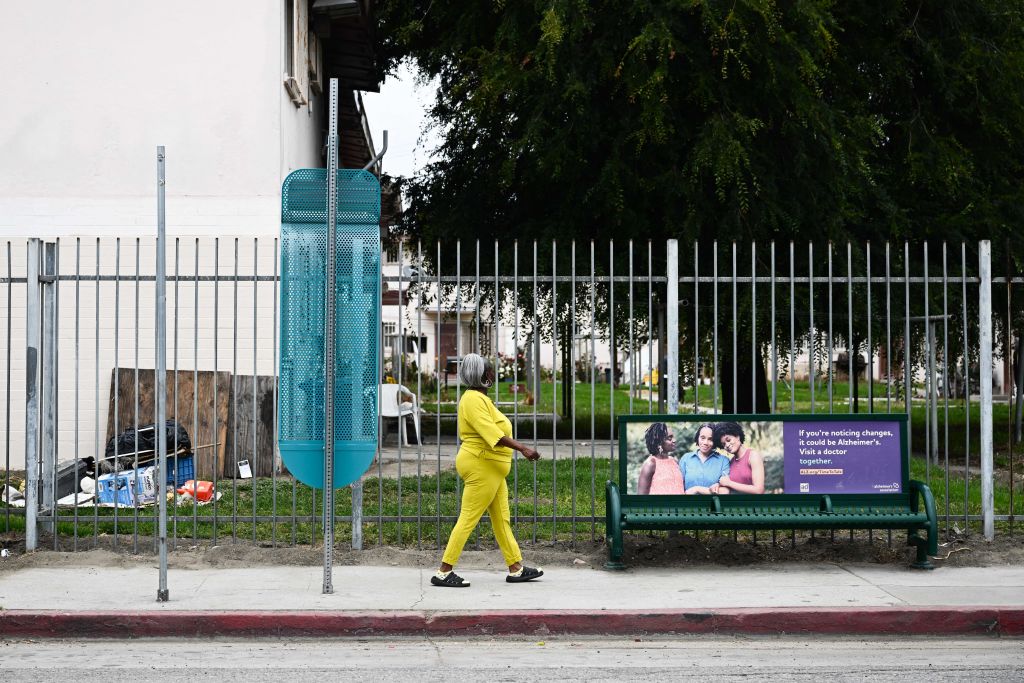




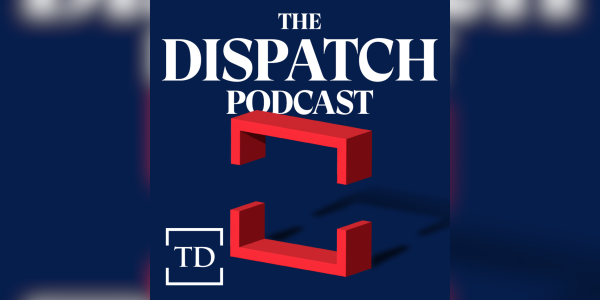

Please note that we at The Dispatch hold ourselves, our work, and our commenters to a higher standard than other places on the internet. We welcome comments that foster genuine debate or discussion—including comments critical of us or our work—but responses that include ad hominem attacks on fellow Dispatch members or are intended to stoke fear and anger may be moderated.
With your membership, you only have the ability to comment on The Morning Dispatch articles. Consider upgrading to join the conversation everywhere.